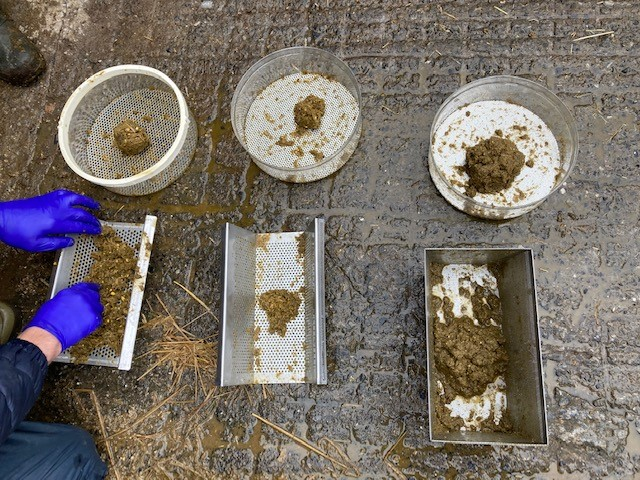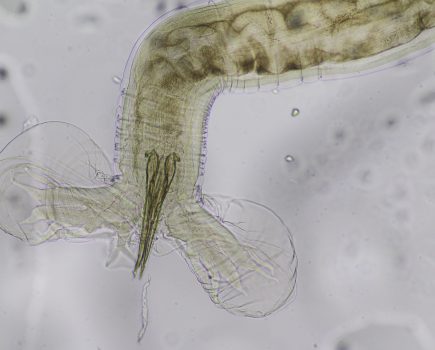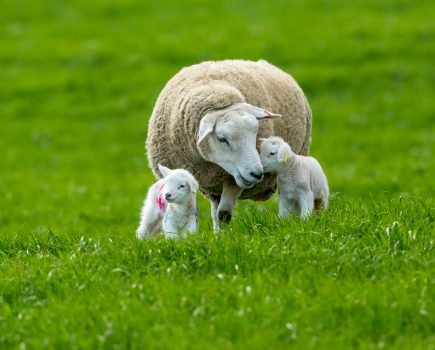Farmers are being advised to take steps to improve the palatability and nutritional value of their silage, especially if they have wet silage in the pit.
Beth Parry, Wynnstay’s technical product development manager, said silage analysis varies from farm to farm, and depending on when farmers cut this year, some will have good quality silage, whereas others are having to deal with wet silage.
“Silage that experienced insufficient wilting or exposure to rainfall has gone into the clamp wet which has led to an increase in effluent,” said Ms Parry.
“The high moisture content within these clamps has been detrimental to the fermentation process, which has caused the silage to compost rather than ferment efficiently.
“In addition to water, high protein (nitrogen) in silage also buffers the fermentation process which slows down the fermentation, resulting in a greater loss of critical nutrients such as sugar, protein, and fermentable energy.”
She explained that ideal fermentation is rapid and lactic acid production stabilises and stops at a pH of four, but this year’s wet silage has struggled to reach this benchmark and has instead produced various volatile fatty acids (VFAs) instead of the desired lactic acid.
“The presence of VFAs, such as butyric acid, has imparted an unpleasant smell and taste to the silage, which has reduced palatability and compromised the nutritional value for cows,” she explains.
Ms Parry further explained many dairy farmers are seeing lower milk yields this year compared with the last, despite consistent concentrate and forage feeding.
“This will be due to cows eating less, and eating lower quality forage,” she says.
Ms Parry said while farmers may be worrying that they have large amounts of low-quality wet silage in their clamps, all is not lost, and simple amendments to the ration can be made to enhance palatability and nutritional value.
“Integration of supplementary sugars or molasses can help restore yields, and improve rumen health while maintaining a balanced ration.
“Contrary to some beliefs, adding molasses does not increase moisture. In fact, its higher dry matter (DM) content and palatability, means that incorporating it into the ration at a recommended rate of 1.5kg per head, can increase sugar intake and provide rumen-digestible energy, potentially improving overall intake,” she explains.
For autumn-calving herds, maintaining peak yields is crucial for the longevity of the lactation and overall productivity.
“Strategic feeding of additional concentrates or molasses is therefore a worthwhile investment to achieve peak lactation yields now,” she says.
“A balance between additional feeding and rumen health is also important, with maize-based additives being a rumen-friendly option.”
Working with nutritionists to tailor rations based on silage quality is vital. However, she explains analysis alone has proven insufficient this year, with direct observation of silage, cattle behaviour, milk yields, and feed intakes being more indicative of actual conditions.
“I recommend taking a comprehensive forage review to assess DM intakes and rumen health,” she says.
“Tools such as muck sieving can demonstrate forage digestibility, with less fibre and grains indicating better digestion and feed efficiency.
“In addition, feeding a yeast metabolite such as Diamond V can also enhance rumen fermentation, health, and digestion, allowing cows to get more from the same feed. Noticeable improvements to yield, butterfats and milk proteins can be seen within a week to ten days.”
Ms Parry said: “By working alongside your nutritionist to adapt and balance the ration, farmers can overcome the challenges of wet silage, ensuring their herds’ health and productivity remains similar to other years.”







